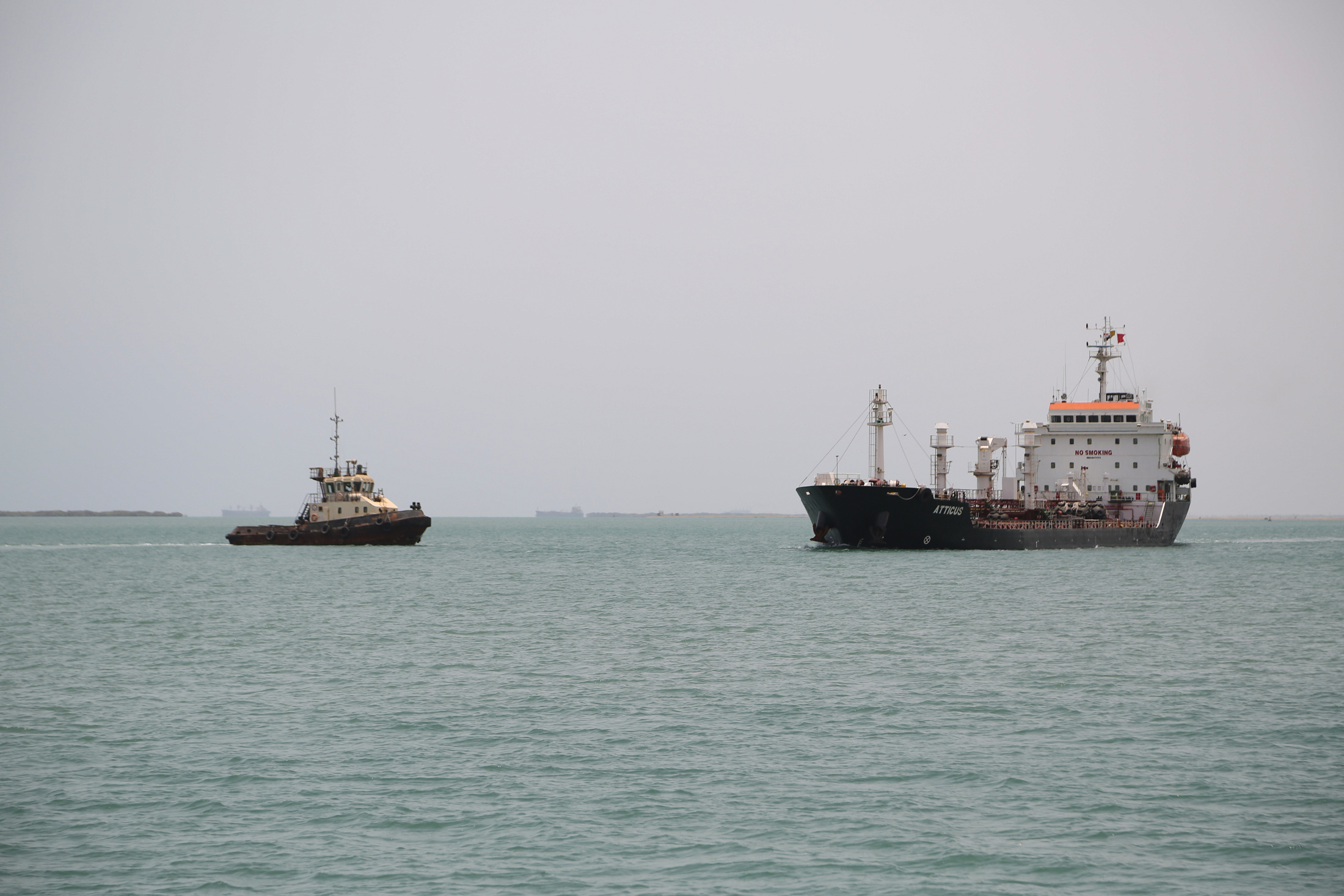
How India is challenging Chinese influence with unprecedented naval might near Red Sea
NEW DELHI : In a clear indication of its expanding global ambitions, India is flexing its naval prowess in international waters with anti-piracy patrols and large-scale deployment of warships close to the Red Sea to protect merchant ships from attacks in the backdrop of Israel’s war with Hamas.
On Friday, the Defence Ministry said that India has boosted naval deployment in strategic waters in Djibouti, Gulf of Aden, East Coast of Somalia as well as in the North and Central Arabian Sea.
In the last few weeks, India has deployed as many as 12 warships east of the Red Sea to provide security against pirates and has probed more than 250 vessels.
Though India has not joined the US-led task force for the Red Sea and does not have any warships there, it has two frontline warships in the Gulf of Aden and at least 10 warships in the northern and western Arabian Sea, along with surveillance aircraft.
Speaking in Lok Sabha on Friday, Minister of State for Defence Ajay Bhatt said the Navy has been proactively engaging with “regional and extra-regional” navies and maritime forces to promote security in the Indian Ocean region.
He added that the Navy is also sharing information with friendly nations to identify the sources and players involved in the attacks.
Rivaling China
Since 2008, the Indian Navy has been actively deploying units in the Gulf of Aden and East coast of Africa towards anti piracy patrols, safely escorting a total of 3440 ships and over 25,000 seafarers.
But in the last few days, there has been a deepening engagement by India in the Indian Ocean.
This unprecedented naval deployment amid regional conflicts underscores India’s desire to assume a greater responsibility in maritime security in a bid to rival China.
“It is a message to China that, look, we can deploy such a large force here. This is our backyard. Though we don’t own it, but we are probably the most capable and responsible resident naval power,” Vice Admiral Anil Kumar Chawla, who retired in 2021 as head of southern naval command, told AP.
Chawla added that India may not be doing this only out of altruism since you cannot be a global power unless you are a maritime power.
“India, already a regional power, is positioning itself as a global player today, an upcoming global power,” he said.
Recently, External Affairs Minister Shri S Jaishankar said India’s growing capability, interests and reputation warranted its help in difficult situations.
“We will not be considered a responsible country when bad things are happening in the surrounding country and we say ‘I have got nothing to do with this’,” he said at a public event on Tuesday.
Harsh Pant, foreign policy expert at the Observer Research Foundation, told Reuters that India has to demonstrate that it can not only protect its own interests but give confidence to smaller nations.
“As a regional security provider, (the Indian Navy) is increasingly showcasing the ability to be able to protect not only its interests but also give confidence to regional players that it is willing and able to shoulder regional responsibility,” Pant said.
Lt Gen DS Hooda told AP that with the Beijing is looking for more naval bases in the extended Indian Ocean, New Delhi doesn’t have any other option but to keep building up its own.
The Maldives government last week gave clearance to a Chinese research ship to dock in its port, despite India’s concerns.
Similar Chinese ships have made port calls in Sri Lanka in 2022 and 2023 amid fears in India that they could be used to carry out surveillance in the region.
Experts suggest that the growing competition with China is prompting India to acquire more advanced ships, submarines and aircraft and invest more in technology and infrastructure.
As per a Wall Street Journal report, despite not joining America’s ‘Operation Prosperity Guardian’, the Indian Navy’s activities are increasingly mirroring a deeper collaboration with US in the Indo-Pacific, aimed at balancing China’s influence.
This partnership is partly facilitated by American military technology.
A significant stride in this direction was taken on Thursday when Washington cleared the $3 billion defence deal with India for 31 Predator drones, with the Navy slated to receive half.
Thus, on one hand, India is boosting strategic ties with US, and on the other end, it’s flexting its maritime muscle with anti-piracy operations and rushing to the aid of merchant vessels.
